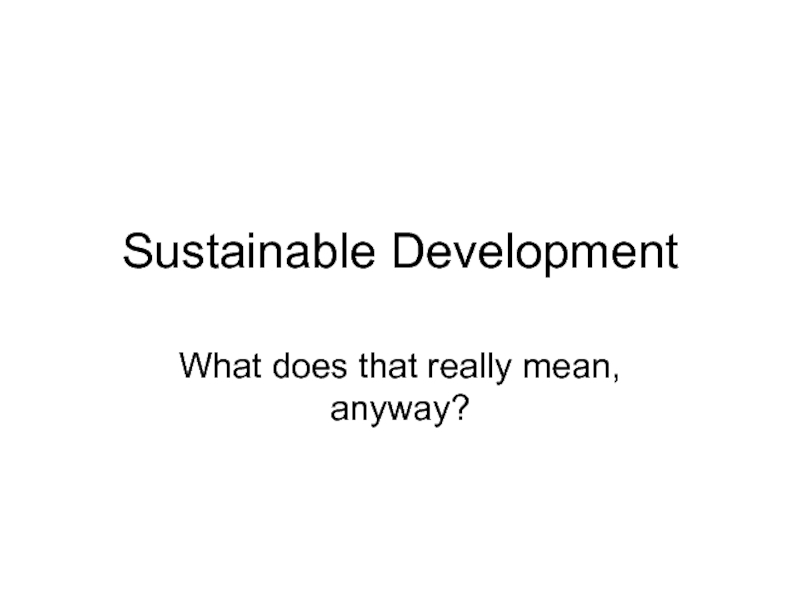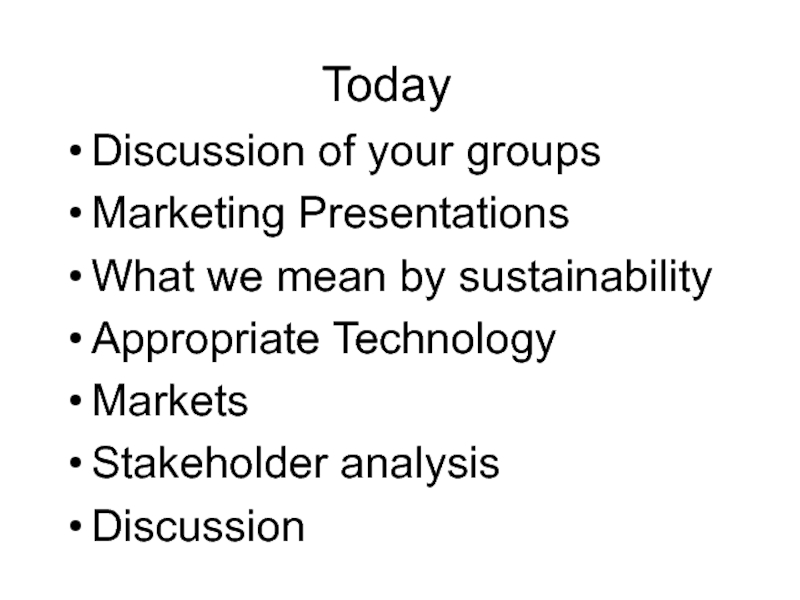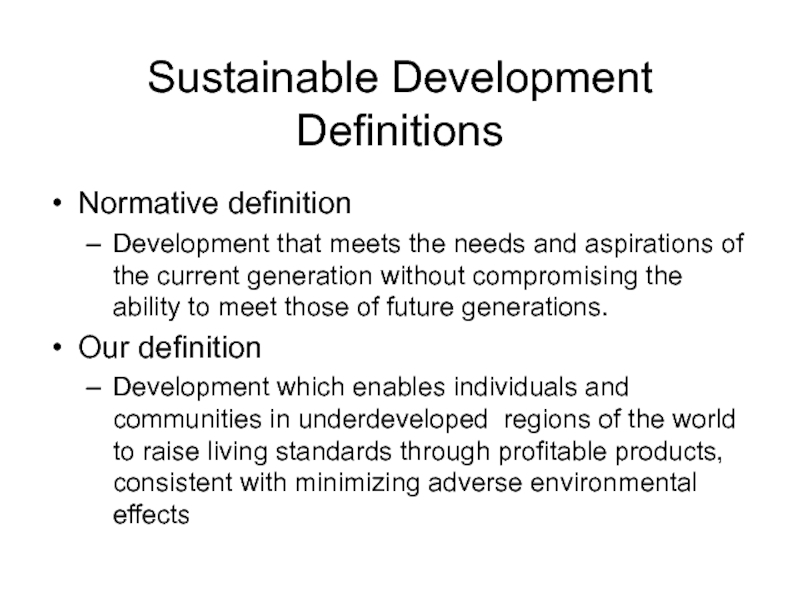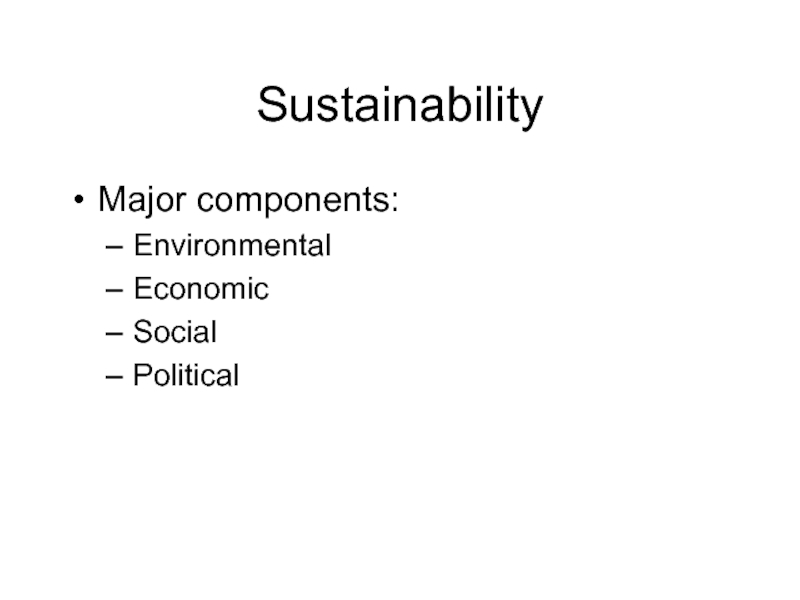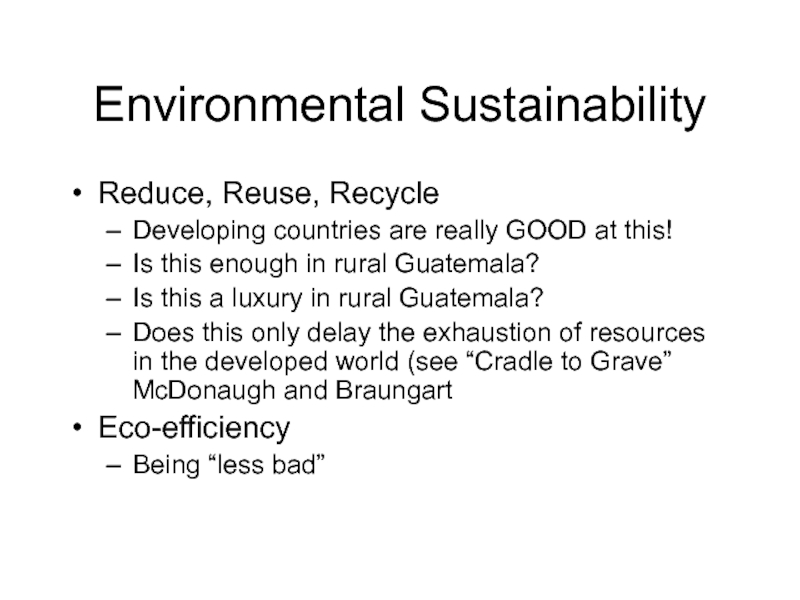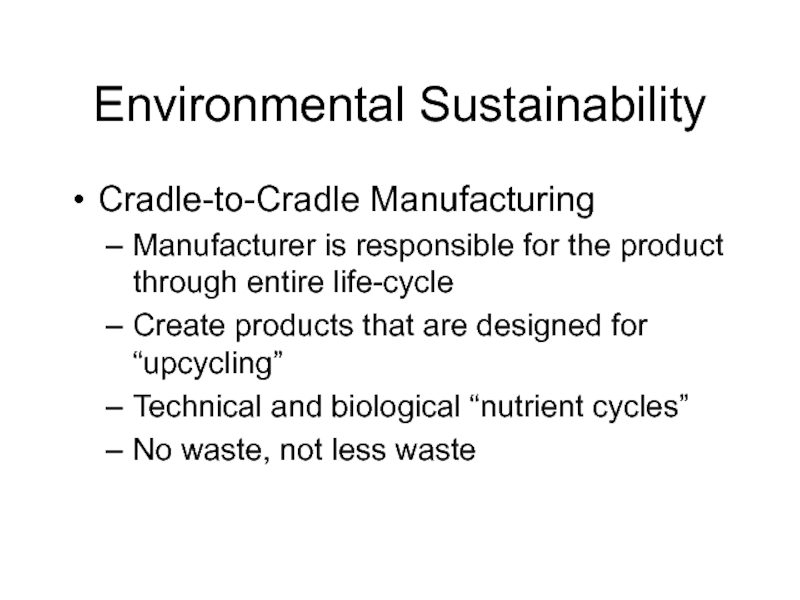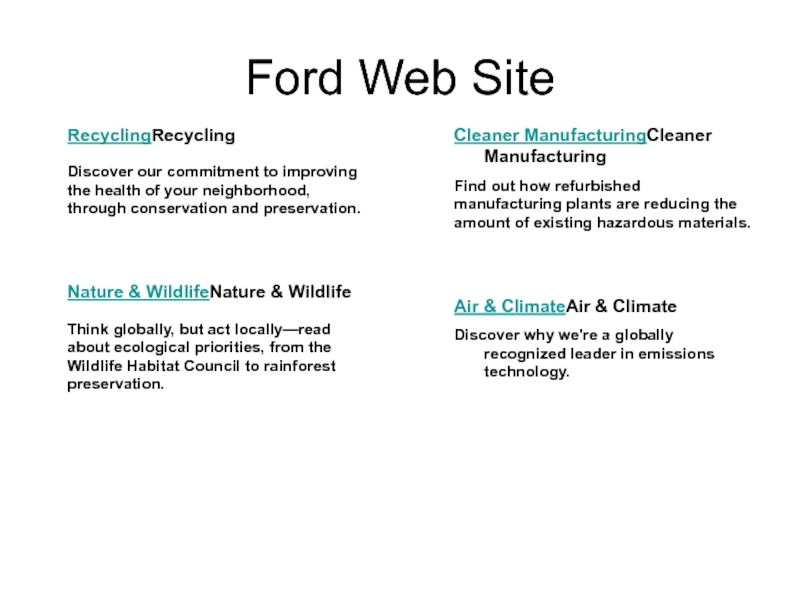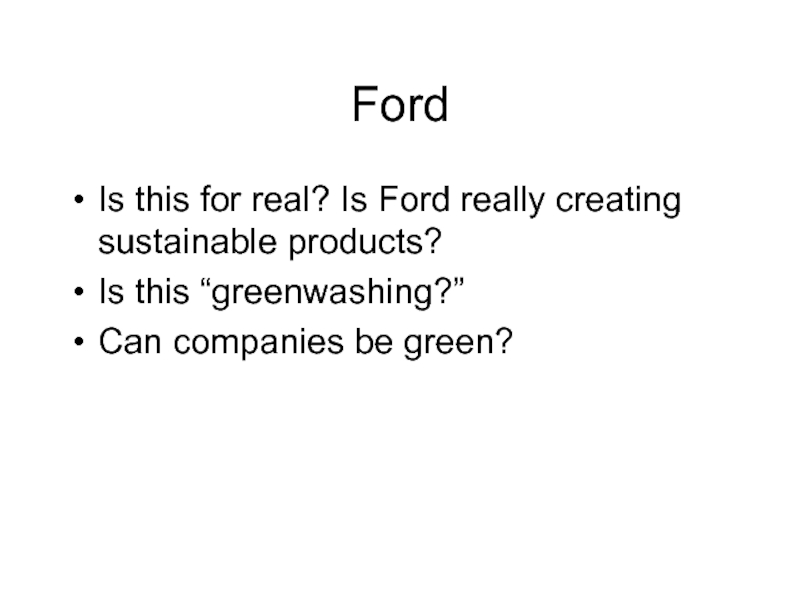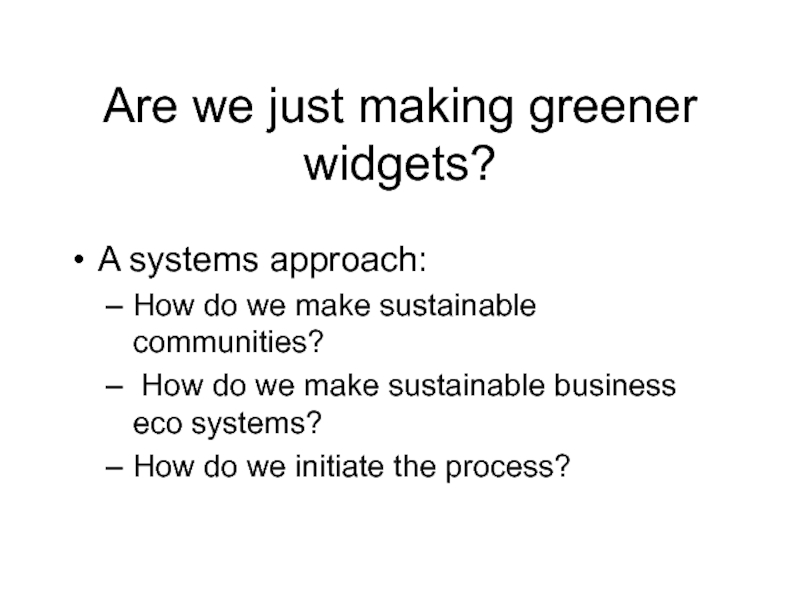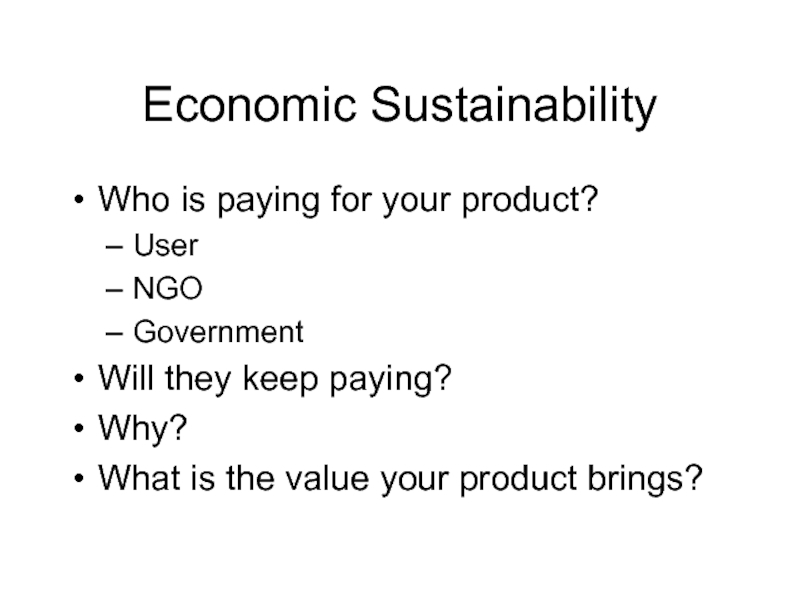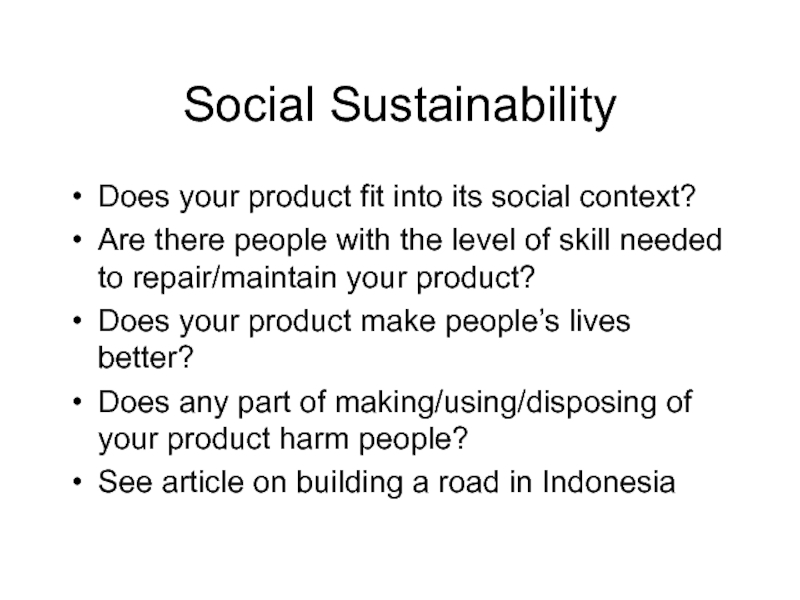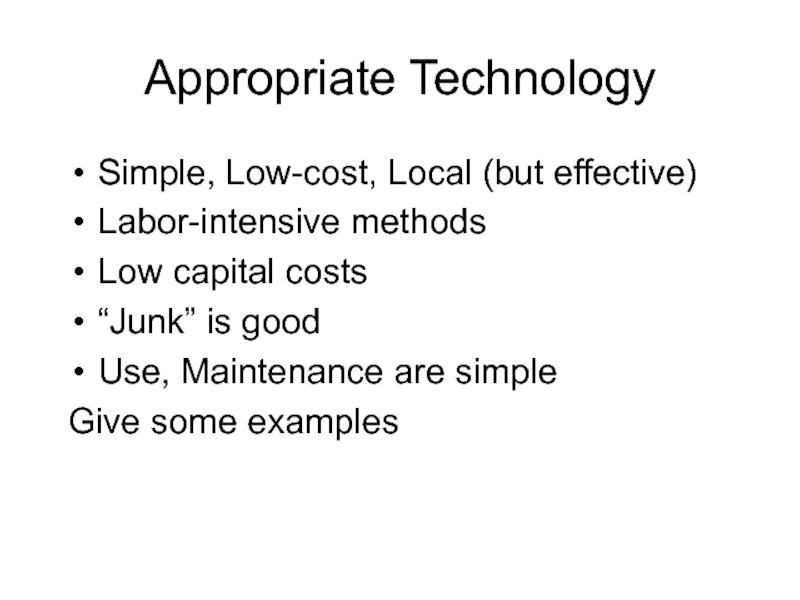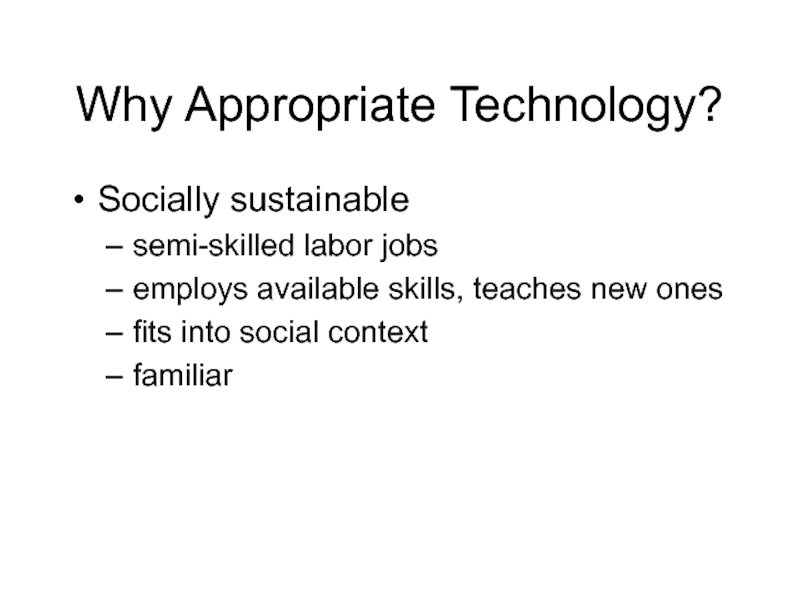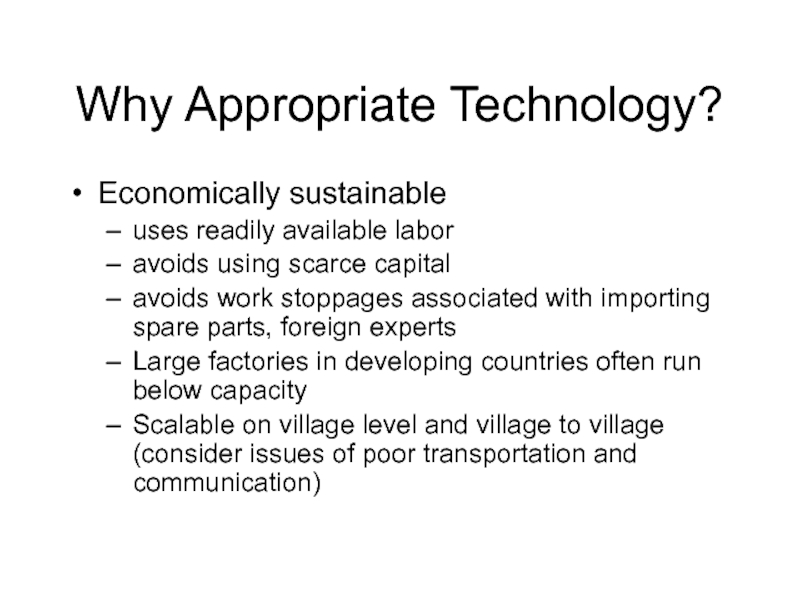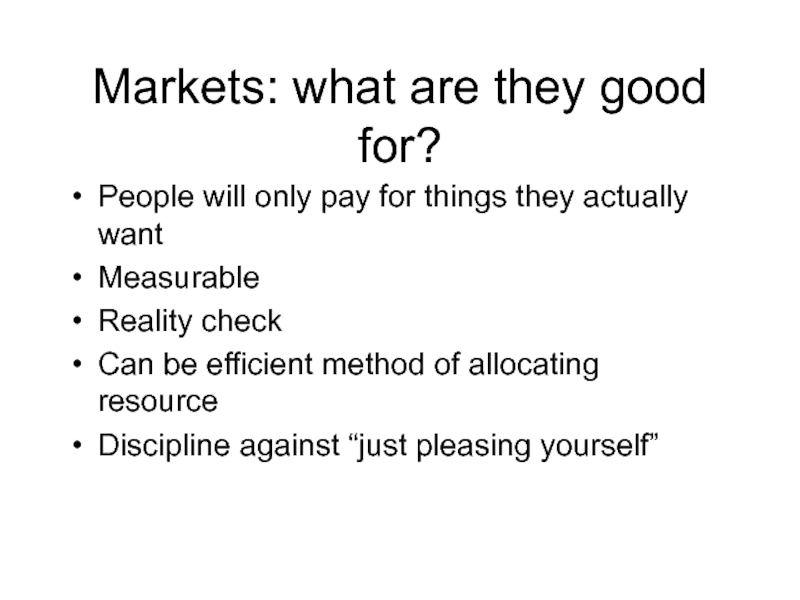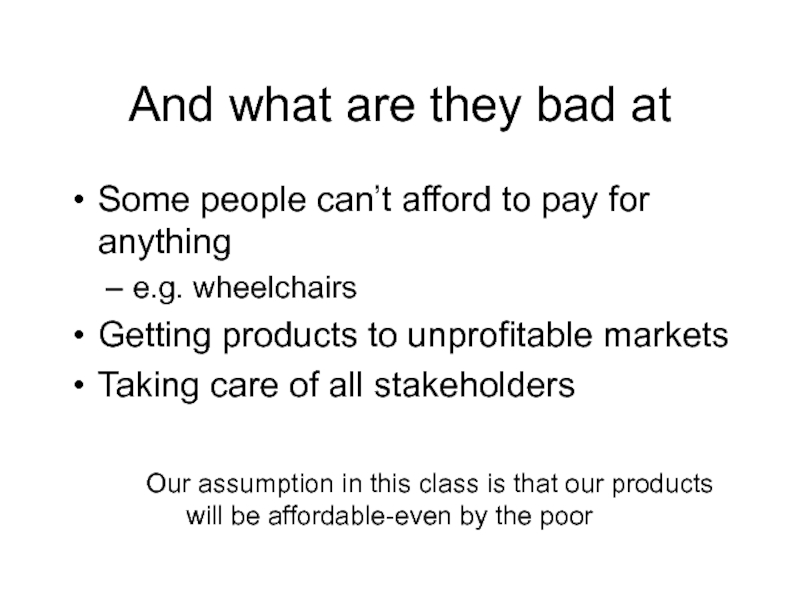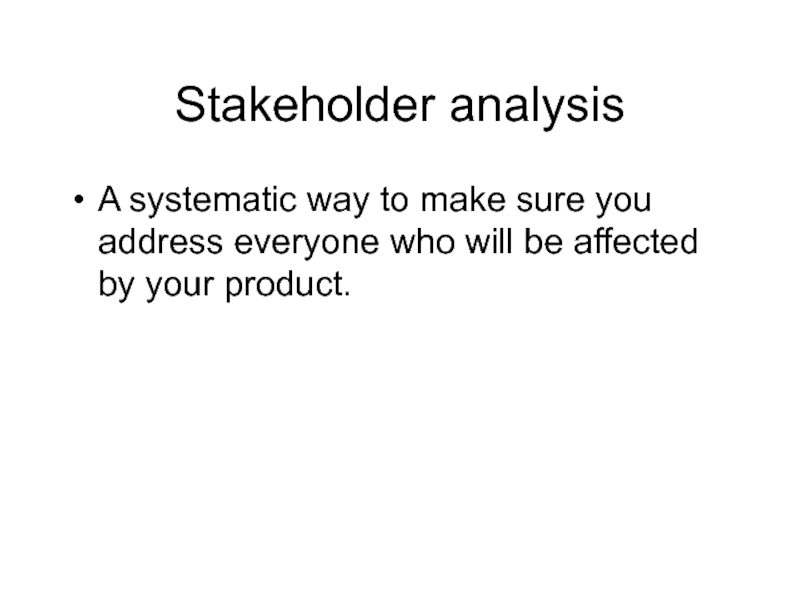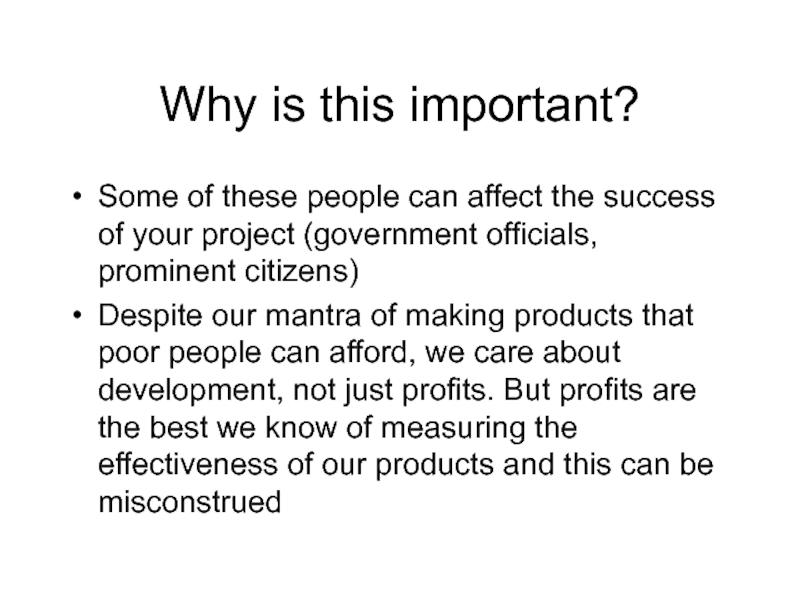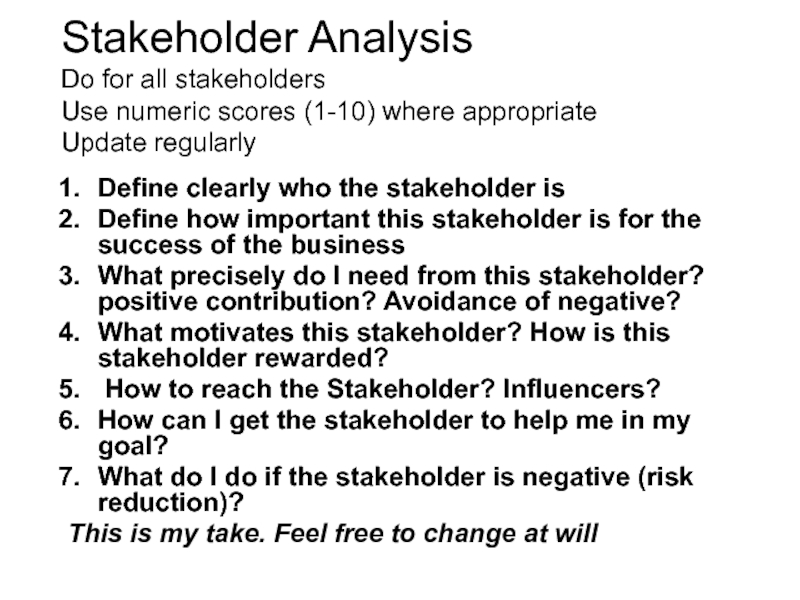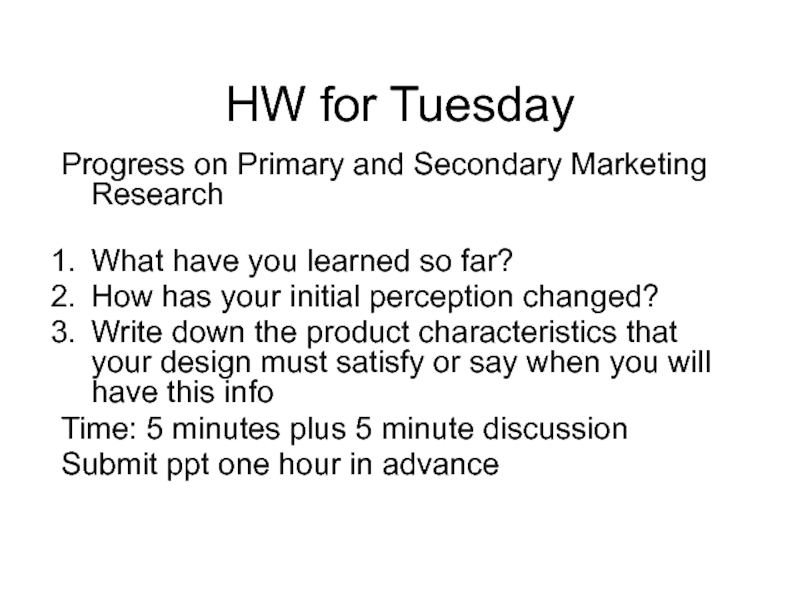- Главная
- Разное
- Дизайн
- Бизнес и предпринимательство
- Аналитика
- Образование
- Развлечения
- Красота и здоровье
- Финансы
- Государство
- Путешествия
- Спорт
- Недвижимость
- Армия
- Графика
- Культурология
- Еда и кулинария
- Лингвистика
- Английский язык
- Астрономия
- Алгебра
- Биология
- География
- Детские презентации
- Информатика
- История
- Литература
- Маркетинг
- Математика
- Медицина
- Менеджмент
- Музыка
- МХК
- Немецкий язык
- ОБЖ
- Обществознание
- Окружающий мир
- Педагогика
- Русский язык
- Технология
- Физика
- Философия
- Химия
- Шаблоны, картинки для презентаций
- Экология
- Экономика
- Юриспруденция
Sustainable development презентация
Содержание
- 1. Sustainable development
- 2. Today Discussion of your groups Marketing Presentations
- 3. Sustainable Development Definitions Normative definition Development
- 4. Sustainability Major components: Environmental Economic Social Political
- 5. Environmental Sustainability Reduce, Reuse, Recycle Developing countries
- 6. Environmental Sustainability Cradle-to-Cradle Manufacturing Manufacturer is responsible
- 7. Ford Web Site
- 8. Ford Is this for real? Is
- 9. Are we just making greener widgets? A
- 10. Economic Sustainability Who is paying for your
- 11. Social Sustainability Does your product fit into
- 12. Appropriate Technology Simple, Low-cost, Local (but effective)
- 13. Why Appropriate Technology? Socially sustainable semi-skilled labor
- 14. Why Appropriate Technology? Economically sustainable uses readily
- 15. Markets: what are they good for? People
- 16. And what are they bad at Some
- 17. Stakeholder analysis A systematic way to make
- 18. Why is this important? Some of these
- 19. Stakeholder Analysis Do for all stakeholders
- 20. HW for Tuesday Progress on Primary and
Слайд 2Today
Discussion of your groups
Marketing Presentations
What we mean by sustainability
Appropriate Technology
Markets
Stakeholder analysis
Discussion
Слайд 3Sustainable Development Definitions
Normative definition
Development that meets the needs and aspirations
Our definition
Development which enables individuals and communities in underdeveloped regions of the world to raise living standards through profitable products, consistent with minimizing adverse environmental effects
Слайд 5Environmental Sustainability
Reduce, Reuse, Recycle
Developing countries are really GOOD at this!
Is this
Is this a luxury in rural Guatemala?
Does this only delay the exhaustion of resources in the developed world (see “Cradle to Grave” McDonaugh and Braungart
Eco-efficiency
Being “less bad”
Слайд 6Environmental Sustainability
Cradle-to-Cradle Manufacturing
Manufacturer is responsible for the product through entire life-cycle
Create
Technical and biological “nutrient cycles”
No waste, not less waste
Слайд 8Ford
Is this for real? Is Ford really creating sustainable products?
Is
Can companies be green?
Слайд 9Are we just making greener widgets?
A systems approach:
How do we make
How do we make sustainable business eco systems?
How do we initiate the process?
Слайд 10Economic Sustainability
Who is paying for your product?
User
NGO
Government
Will they keep paying?
Why?
What is
Слайд 11Social Sustainability
Does your product fit into its social context?
Are there people
Does your product make people’s lives better?
Does any part of making/using/disposing of your product harm people?
See article on building a road in Indonesia
Слайд 12Appropriate Technology
Simple, Low-cost, Local (but effective)
Labor-intensive methods
Low capital costs
“Junk” is good
Use,
Give some examples
Слайд 13Why Appropriate Technology?
Socially sustainable
semi-skilled labor jobs
employs available skills, teaches new ones
fits
familiar
Слайд 14Why Appropriate Technology?
Economically sustainable
uses readily available labor
avoids using scarce capital
avoids work
Large factories in developing countries often run below capacity
Scalable on village level and village to village (consider issues of poor transportation and communication)
Слайд 15Markets: what are they good for?
People will only pay for things
Measurable
Reality check
Can be efficient method of allocating resource
Discipline against “just pleasing yourself”
Слайд 16And what are they bad at
Some people can’t afford to pay
e.g. wheelchairs
Getting products to unprofitable markets
Taking care of all stakeholders
Our assumption in this class is that our products
will be affordable-even by the poor
Слайд 17Stakeholder analysis
A systematic way to make sure you address everyone who
Слайд 18Why is this important?
Some of these people can affect the success
Despite our mantra of making products that poor people can afford, we care about development, not just profits. But profits are the best we know of measuring the effectiveness of our products and this can be misconstrued
Слайд 19Stakeholder Analysis Do for all stakeholders Use numeric scores (1-10) where
Define clearly who the stakeholder is
Define how important this stakeholder is for the success of the business
What precisely do I need from this stakeholder? positive contribution? Avoidance of negative?
What motivates this stakeholder? How is this stakeholder rewarded?
How to reach the Stakeholder? Influencers?
How can I get the stakeholder to help me in my goal?
What do I do if the stakeholder is negative (risk reduction)?
This is my take. Feel free to change at will
Слайд 20HW for Tuesday
Progress on Primary and Secondary Marketing Research
What have you
How has your initial perception changed?
Write down the product characteristics that your design must satisfy or say when you will have this info
Time: 5 minutes plus 5 minute discussion
Submit ppt one hour in advance
